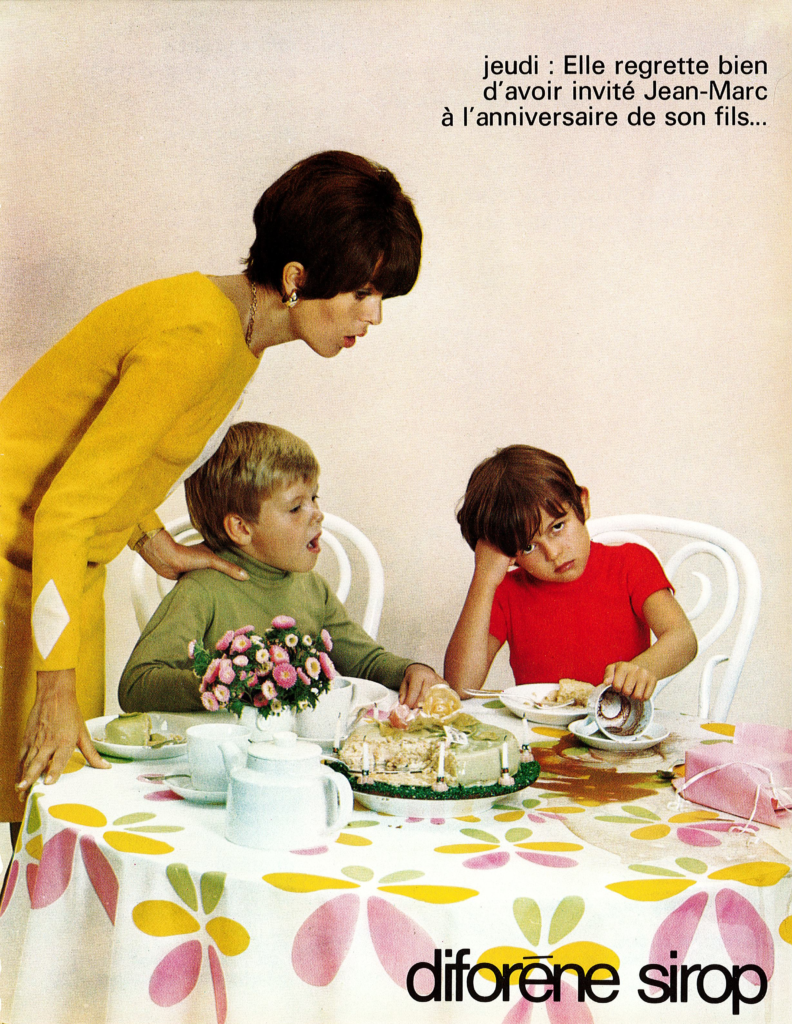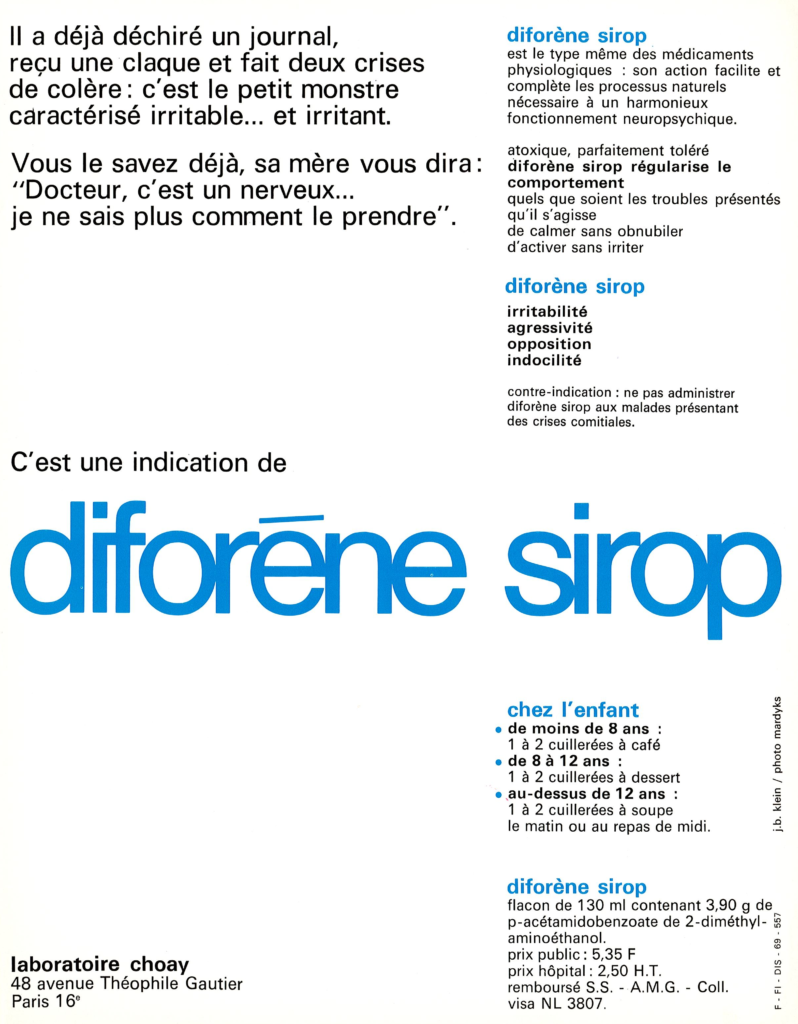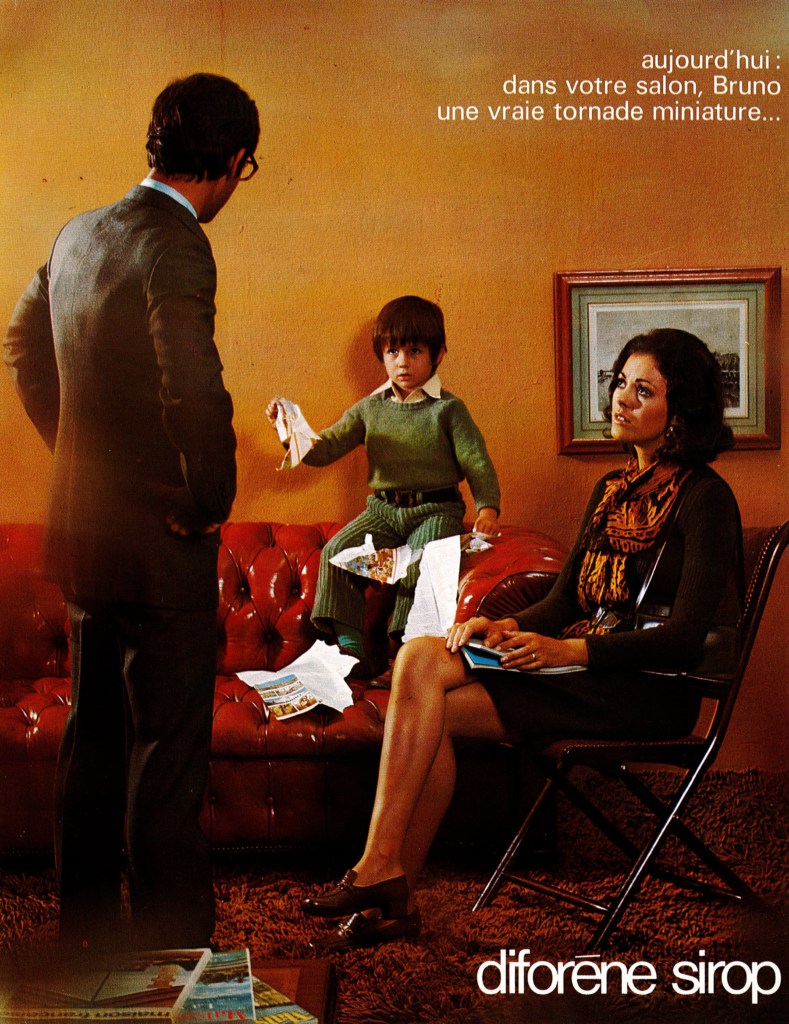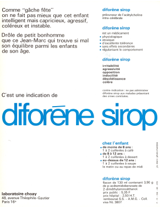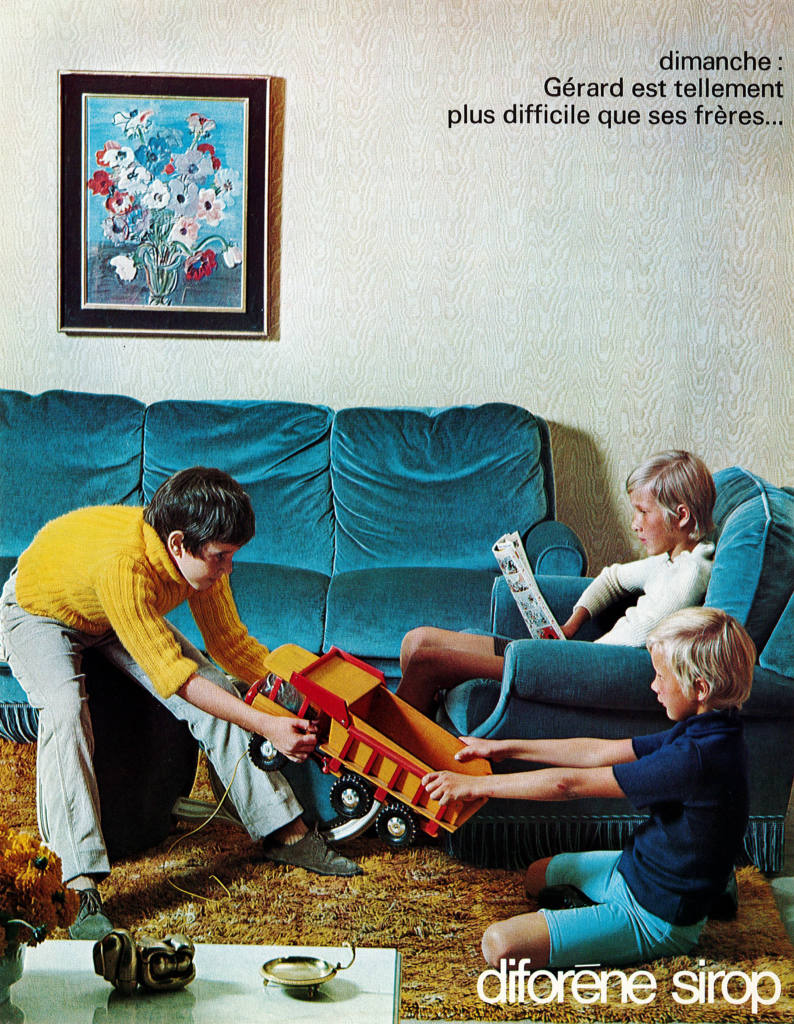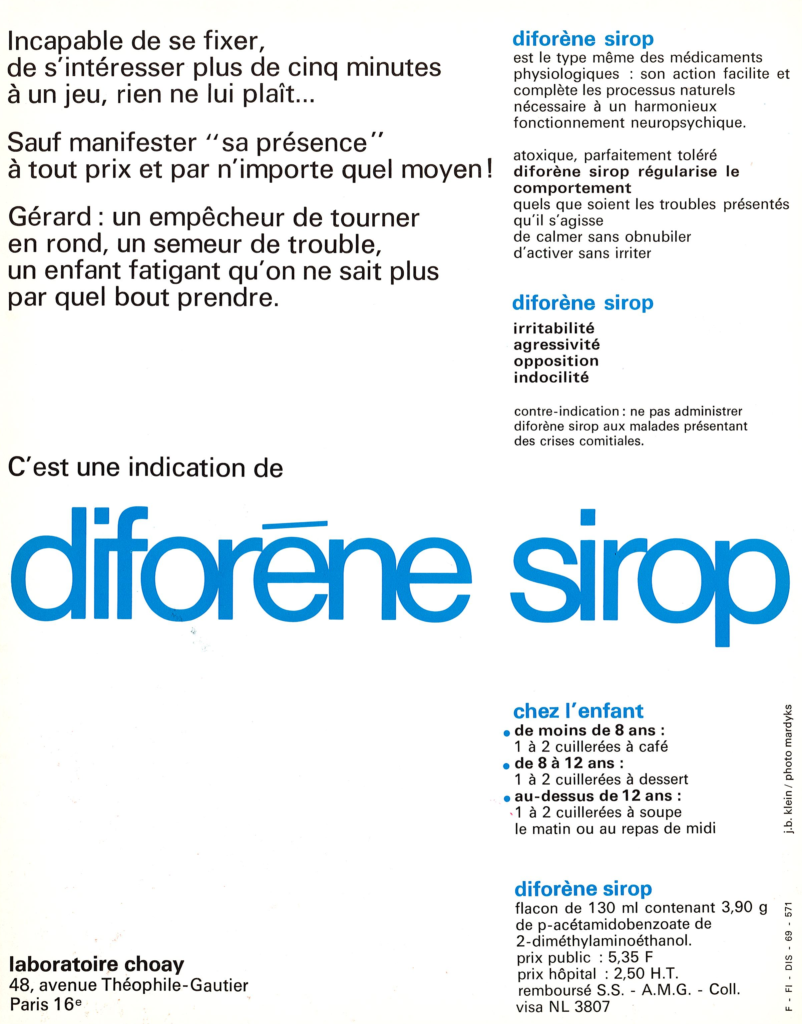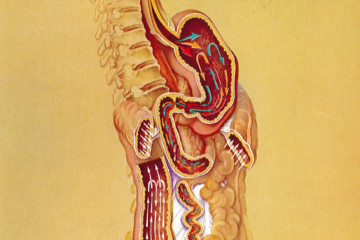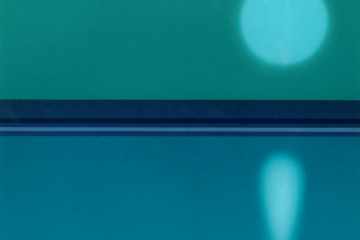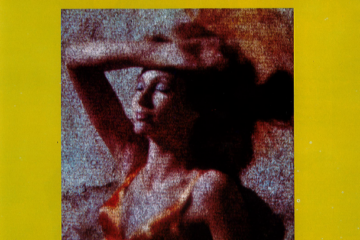Diforene® combined 2-dimethyl-aminoethanol (also known as DMAE or deanol) with para-acetamidobenzoate. The drug, formulated as a syrup, was used to reduce irritability, aggressivity and hyper-activity in children; the so-called “hyper-kinetic” children. The drug is no longer used today but a related compound, deanol aceglumate (nooclerin) is used to treat tension-type headache in children and adolescents, in a few countries (Russia mainly).
Deanol is structurally close to the essential nutrient choline (vitamin B4) which is a precursor of the neurotransmitter acetyl-choline, involved in learning and memory. Deanol has also antioxidant effects and mild anti-inflammatory activities. Deanol has been proposed for the treatment of tardive dyskinesia (a complex neuroleptic syndrome characterized by abnormal, involuntary movements) but no efficacy could be demonstrated. Deanol competes with choline for uptake from the bloodstream into the brain. The compound is unable to enhance brain acetylcholine synthesis and worse, it may interfere with central cholinergic function.

deanol acetamidobenzoate
The illustrations for Diforene referred to different types of (mild) behavior disorders seen in children, with typical images from the early 1970s. An amusing series of family scenes, with excited children, but just fun and “good family-like”. The hyper-active children was qualified as a “little tornado” or a “small monster”. Just a normal, active child, no?…
